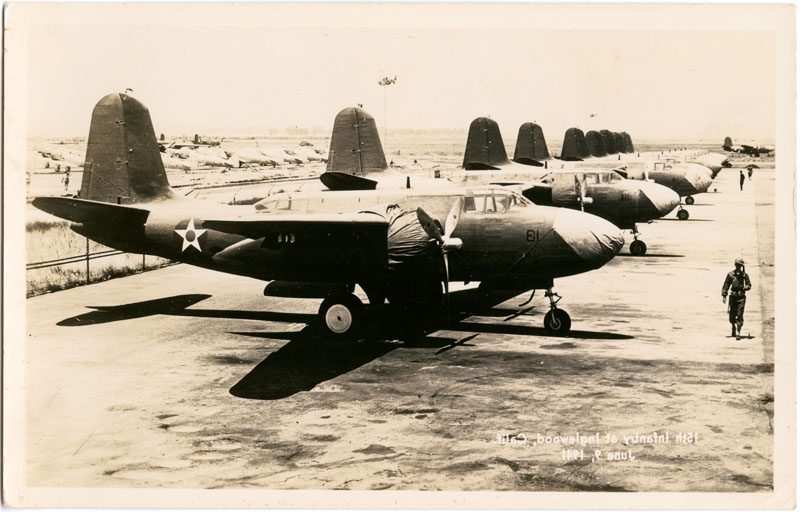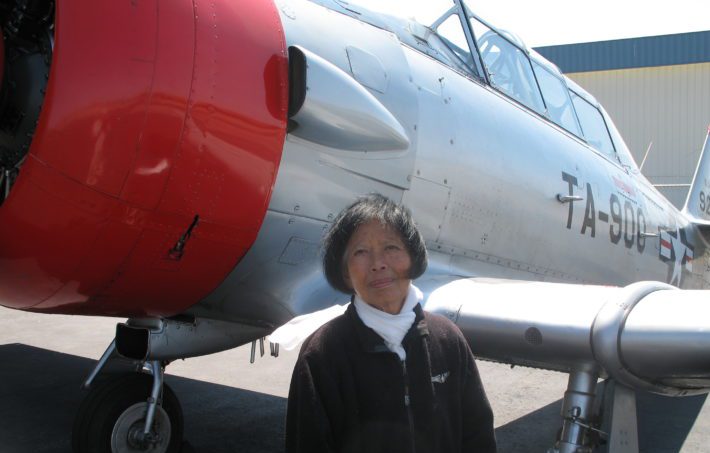Margaret “Maggie” Gee, a third-generation Chinese American, is born in Berkeley on August 1, 1923. She grows up dreaming of being a pilot like Amelia Earhart, thriving on Sunday family trips to the Oakland airport to watch planes take off.

Gee tells a biographer that one day she actually spots Earhart, who frequently used the airport. “When I waved, she saw me and waved back.”
But being a pilot isn’t an option for a Chinese American woman in the 1920s because of long-standing prejudice and discrimination against persons of Chinese ancestry. World War II changes that.
In 1941, when the U.S. enters the war, Maggie drops out of her first year at the University of California and takes a job as “draftsman” at Mare Island Naval Shipyard, assisting engineers repairing U.S. naval ships.
By age 20, she earns enough money to take pilot lessons and drives to Texas with friends to enroll in flight school, learning to drive along the way.
She applies to join Women Airforce Service Pilots (WASP) and is one of 1,074 selected. Like other WASPs, one of Gee’s duties is to tow targets for anti-aircraft gunnery practice, The gunners use live ammunition. 15th Infantry at Inglewood, Calif. June 9, 1941 [2014-4855], California State Library
15th Infantry at Inglewood, Calif. June 9, 1941 [2014-4855], California State Library
She is one of only two Chinese American WASPs. The other, Hazel Ling Yee is one of the 38 WASPs to die before the unit is disbanded on December 20, 1944.
After the war, Gee returns to UC Berkeley and earns degrees in physics and math. She spends the next 30 years as a research physicist at Lawrence Livermore National Laboratory
In 2009, she, along with all living WASP pilots, is awarded a Congressional Gold Medal for her wartime service to the country. Gee dies in 2013 at the age of 89.
TOP PHOTO: From the Maggie Gee Collection
